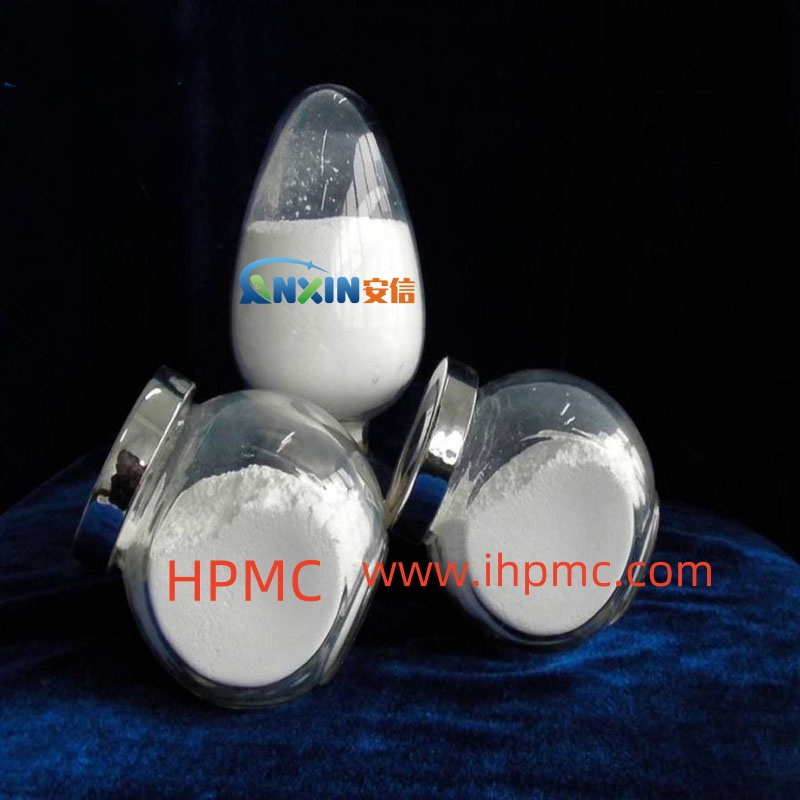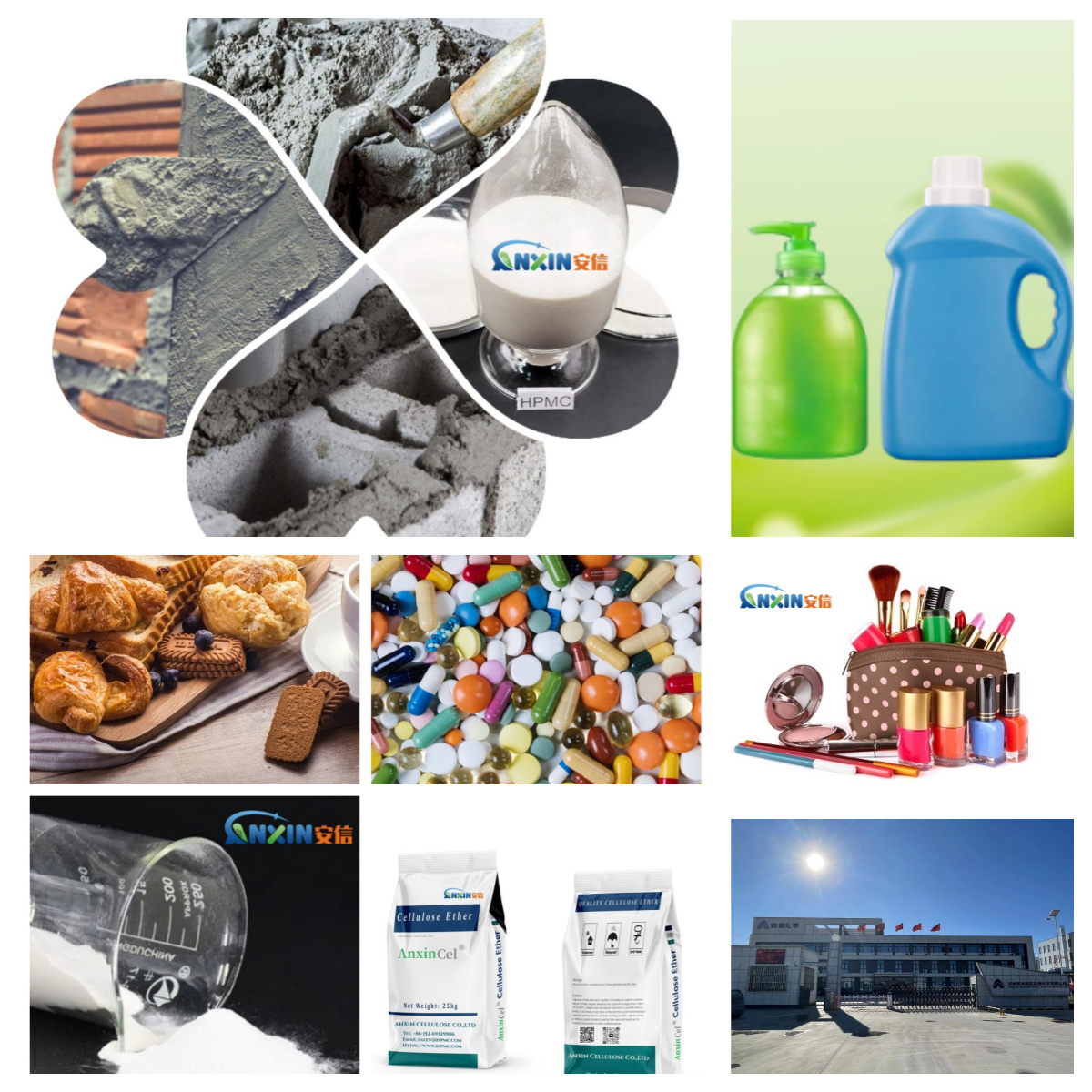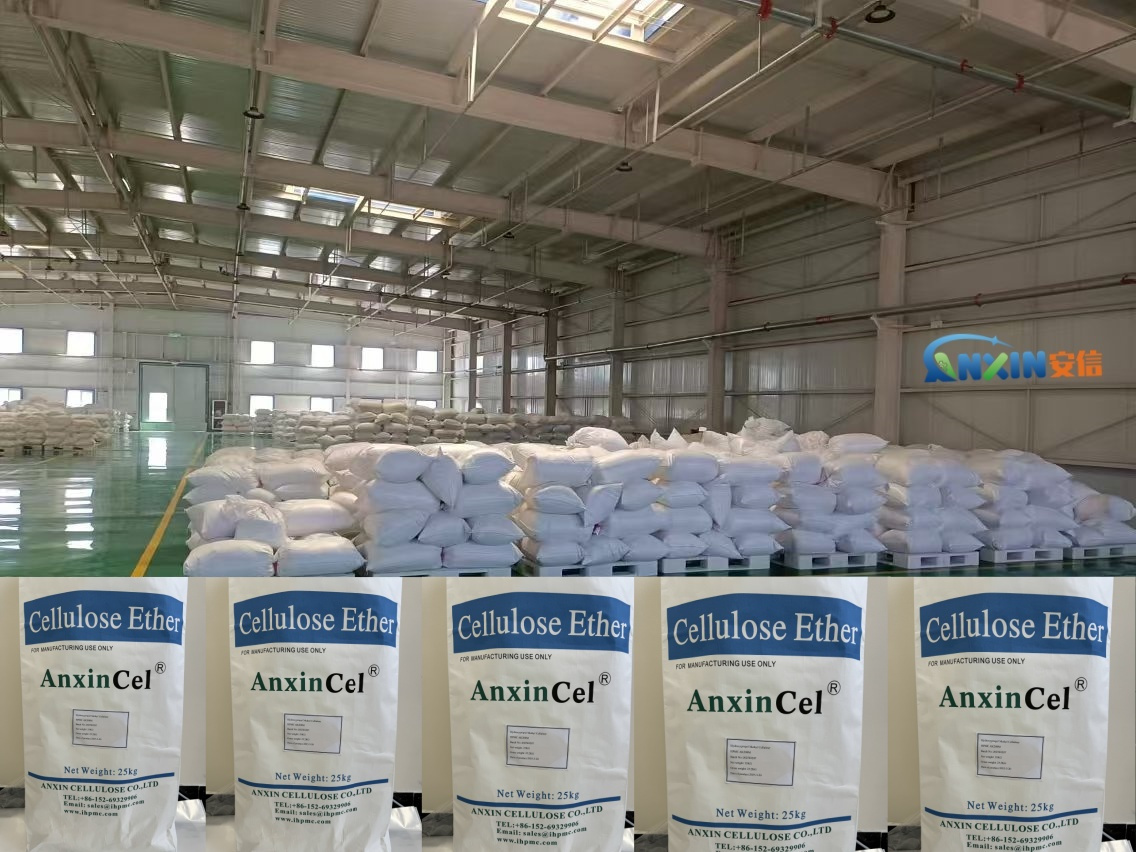Hydroxypropyl Methylcellulose (HPMC) is a non-ionic cellulose ether, which is a semi-synthetic polymer compound prepared by a series of chemical reactions such as alkalization and etherification of natural polymer cotton fiber. Due to its good physical and chemical properties, biocompatibility and safety, HPMC is widely used in many fields such as building materials, medicine, food, daily chemicals, ceramics, etc., especially in the fields that require water-retaining properties, it shows outstanding advantages.

1. Basic properties of HPMC
HPMC is a white or off-white fibrous or granular powder, which is easily soluble in cold water, but insoluble in hot water, ethanol, ether and other organic solvents. Its solution has good thickening, film-forming, adhesion and water-retaining properties. In addition, the solution of HPMC is stable in a wide pH range (3~11) and has thermal gelation, that is, it can form a reversible gel structure at a certain temperature.
2. Water-retaining mechanism
The core mechanism of HPMC as a water-retaining agent is mainly reflected in its high hygroscopicity and water-locking ability after forming a viscous solution. There are a large number of hydrophilic groups (such as hydroxyl and ether groups) in its molecular structure, which can form hydrogen bonds with water molecules, thereby significantly increasing the retention time of moisture. When HPMC is dissolved in water, it can form a three-dimensional network structure to wrap the water, slowing down the loss and evaporation of water in the system. At the same time, its thermal gel property enables it to form a gel when heated, further preventing water migration and improving the stability of the system.
3. Water retention application of HPMC in different fields
3.1. Building materials field
In the construction industry, HPMC is often added to mortar, gypsum, tile adhesives, self-leveling floors and other products as a water retainer and thickener. After adding HPMC to cement mortar, its water retention rate can be significantly improved, preventing the cement from cracking due to excessive water loss, which helps the cement to fully hydrate and improve the bonding strength and construction performance. At the same time, under hot weather construction or highly water-absorbent substrate conditions, HPMC can effectively inhibit the rapid evaporation of mortar water and ensure construction quality.
3.2. Medical field
In the pharmaceutical industry, HPMC is widely used in tablet coating, skeleton materials, controlled release materials, etc. Its good water retention performance can form a colloidal barrier in the body, control the drug release rate, and improve bioavailability. In ophthalmic preparations and artificial tears, HPMC is used as a lubricant and moisturizer to relieve dry eye symptoms.
3.3. Food industry
HPMC is often used as an emulsifier, water retainer and stabilizer in food processing. Especially after adding it to baked goods, it can effectively delay the evaporation of water in the dough and improve the taste and shelf life of the finished product. For example, in gluten-free bread, HPMC can replace the gluten structure, form a colloidal network, retain moisture and improve the workability of the dough.
3.4. Cosmetics and daily chemical products
In daily chemical products such as shampoo, lotion, and cream, HPMC, as a moisturizer and stabilizer, can absorb moisture in the environment and reduce moisture volatilization, improving the texture and moisturizing effect of the product. In addition, HPMC can also improve the consistency and adhesion of the product and enhance skin affinity.

4. Factors affecting water retention performance
The water retention performance of HPMC is affected by many factors:
Degree of substitution (DS) and molar substitution (MS): The hydrophilicity of HPMC is closely related to the degree of substitution of hydroxypropyl and methyl in its molecules. The higher the degree of substitution, the stronger its water retention capacity.
Viscosity grade: HPMC has different viscosity grades (such as 400, 15000, 100000 mPa·s, etc.). The higher the viscosity, the better the water retention effect, but the dissolution time also increases accordingly.
Addition amount: Appropriate addition can significantly improve water retention performance, but excessive addition may cause the solution to be too viscous, affecting construction or use.
Ambient temperature and humidity: High temperature accelerates water evaporation, and the gelation of HPMC plays an important role at this time to slow down water loss; in a high humidity environment, its hygroscopicity is more obvious.
5. Development Trends and Prospects
With the development of green building materials, functional foods, intelligent drug controlled release systems and other fields, the demand for environmentally friendly, efficient and controlled release materials is growing. HPMC, as an environmentally friendly water-retaining agent, has broad application prospects. Future research directions may focus on the development of modified HPMC to further optimize its solubility, controlled release and biodegradability to meet application needs in different scenarios.

Hydroxypropyl methylcellulose has become an indispensable functional additive in many industries due to its excellent water-retaining performance, safety and versatility. With the advancement of technology and the expansion of application scenarios, the role of HPMC in the field of water-retaining agents will become more prominent, and it will continue to play its positive value in the fields of green chemicals, medicine, food and other fields.
Post time: May-16-2025